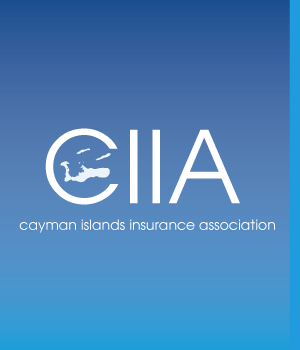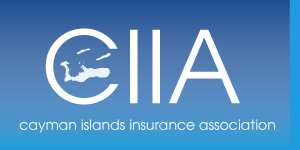Designed to adjust policy benefits in relation to the change in the economic climate. The majority of such riders are tied to changes in the Consumer Price Index (CPI). The amount of insurance may be automatically increased, without evidence of insurability, at predetermined periods for a maximum amount.
Archives
Deficiency Reserve
A supplemental reserve that Life insurers are required to show in their balance sheet if the gross premium charged on a class of insureds is less than the net level premium reserve or modified reserve.
Common Accident
An accident in which two or more persons are injured.
Credit Life Insurance
A group life insurance contract whereby a creditor is protected in the event of death of the insured prior to the indebtedness being paid in full.
Common Disaster
A situation in which the insured and the beneficiary appear to die simultaneously with no clear evidence of who died first.
Cross Purchase
A form of Business Insurance in which each party to a mutual agreement (usually to buy out a disabled or deceased co-owner) insures each of the other parties.
Common Disaster Clause
A clause sometimes added to a Life Insurance policy that provides a means for the insurer to distribute the proceeds of the policy in the event of a common disaster.
Crude Death (or Mortality) Rate
The ratio of total deaths to total population during any given period. See also Mortality Rate.
Commutation Rights
The right of a beneficiary to receive, in one sum, the unpaid payments remaining under an installment option which was selected for the settlement of the proceeds or values of a Life Insurance policy.
Current Disbursement
The funding and disbursement of pension benefits as they become due. Also known as “pay-as-you-go.” In the long run, this is the most costly method of funding pension plans.


